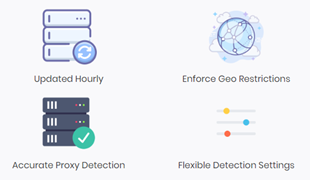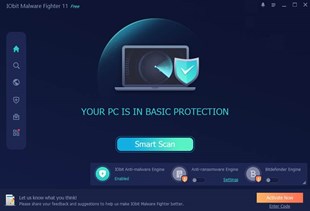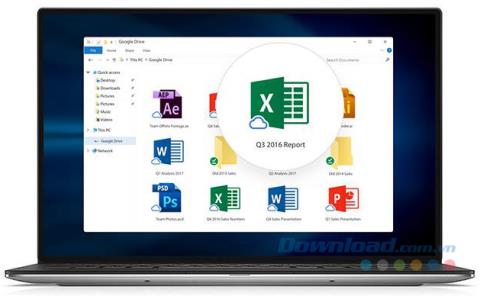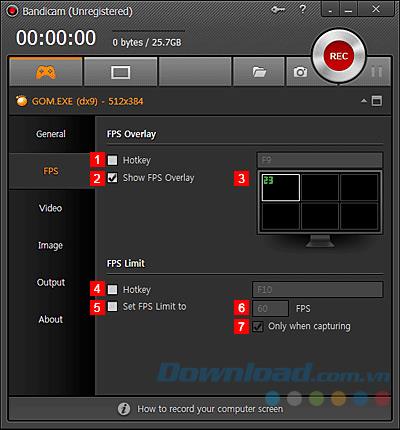If you’re facing any issues with your USB Composite device such as they can’t work properly with USB 3.0 then don’t worry as this guide will help you resolve this problem. It is really a happy moment that you bought a new laptop with the latest configuration. You might have heard that for faster file transfer through USB ports, USB 3.0 is the most sought after port. Therefore, most of the devices are coming with this configuration only. However, you may forget that what if you have an old printer that cannot work on the latest USB 3.0 ports.
“USB device is an older USB device and might not work USB 3.0”
Most of the old devices work on USB 2.0 ports. It means you are going to experience some problems while connecting older devices with the latest USB 3.0 port. One of the most common errors that you experience is “USB Composite Device can’t work properly with USB 3.0”. However, in some cases, users experience no problem while connecting the old printer in the USB 3.0 port. No worries, you do not need to panic or throw out your old printer out because we are going to explain some methods to fix USB Composite Device can’t work properly with USB 3.0 issue.
Contents
Fix USB Composite Device can’t work properly with USB 3.0
Make sure to create a restore point just in case something goes wrong.
Method 1 – Update USB Driver
Sometimes it is all about the driver. If it is corrupted, updated or missing, you may face the above issue.
1.Press Windows key + R then type devmgmt.msc and Enter to open Device Manager.
2.Expand Universal Serial Bus controllers.
3.Right-click on Generic USB Hub and select “Update Driver.”
4.Now select Browse my computer for driver software.
5.Click on Let me pick from a list of drivers on my computer.
6.Select Generic USB Hub from the list of drivers and click Next.
7.Wait for Windows to finish the installation then click Close.
8.Make sure to follow the steps 4 to 8 for all the “Generis USB Hub” present under Universal Serial Bus controllers.
9.If the problem is still not resolved then follow the above steps for all the devices listed under Universal Serial Bus controllers.
This method may be able to Fix USB Composite Device can’t work properly with USB 3.0, if not then continue.
Method 2 – Re-install USB controllers
Another method is that you can rely on is disabling and re-enabling your USB controllers. It could be possible that the problem is with the USB controller. You do not need to worry while following the steps to conduct this process because it is completely harmless for your system.
1.Open Device Manager. Press Windows +R and type “devmgmt.msc”.
2.Here you need to click on Universal Serial Bus controllers and expand this option.
3.Here you need to right-click on each USB controller and choose the Uninstall option.
4.You need to repeat the same procedure with all available USB controllers listed under Universal Serial Bus controllers.
5.Finally, once you are done with the uninstallation process, you need to restart your system.
6.Upon rebooting your system Windows automatically will scan your system of hardware changes and install all missing drivers.
Method 3 – Enable USB legacy support in BIOS
If you are still struggling with this problem you can opt for this method. You just need to access your BIOS settings to check whether USB legacy support is enabled or not. If it is not enabled you have to enable it. Hopefully, you will get our problem solved.
1.Turn off your laptop, then turn it on and simultaneously press F2, DEL or F12 (depending on your manufacturer) to enter into BIOS setup.
2.Navigate to Advanced using the arrow keys.
3.Go to USB Configuration and then Enable USB legacy support.
4.Exit saving changes and check if you’re able to Fix USB device is an older USB device and might not work USB 3.0 issue.
Method 4 – Prevent Windows from turning off the devices
Have you ever noticed that for a moment your printer gets connected and then disconnected? Yes, there could be a Windows glitch which automatically turns off the device to save power. Usually, it occurs to just to save power in most of the devices, particularly in laptops.
1.Press Windows +R and type “devmgmt.msc” and hit Enter to open Device Manager.
2.You need to navigate to USB Serial Device Controllers.
3.You need to locate USB Root Hub then right-click on each USB Root Hub and navigate to Properties and choose the Power Management Tab.
4.Here you need to uncheck the box “Allow the computer to turn off this device to save power“. Finally, save your settings.
5.Reboot your system and try connecting your printer back.
Method 5 – USB 2.0 Expansion Card
Unfortunately, if none of the above-mentioned methods worked well for you to fix USB Composite Device can’t work properly with USB 3.0, you can buy USB 2.0 Expansion card to connect your old printer with your new laptop.
Method 6 – Run Hardware and Devices Troubleshooter
1.Press Windows Key + I to open Settings then click on Update & Security icon.
2.From the left-hand menu make sure to select Troubleshoot.
3.Now under “Find and fix other problems” section, click on “Hardware and Devices“.
4.Next, click on Run the troubleshooter and follow on-screen instructions to Fix USB Composite Device can’t work properly with USB 3.0.
Method 7 – Windows USB Troubleshooter
Windows has its own troubleshooting section to help all Windows users. You can easily take help directly from Microsoft to solve your problem. This web-based diagnostic and repair tool of Windows will automatically detect the problem and repair it or gives ideas to solve this problem.
Hopefully, these solutions will help you to solve your problem. There could be other possible solutions as well, but we have included the most effective solutions for fixing USB Composite Device can’t work properly issue. All you need to make sure that you follow the steps systematically so that you can expect the result properly.
Recommended:
I hope this article was helpful and you can now easily Fix USB Composite Device can’t work properly with USB 3.0, but if you still have any questions regarding this tutorial then feel free to ask them in the comment’s section.




















